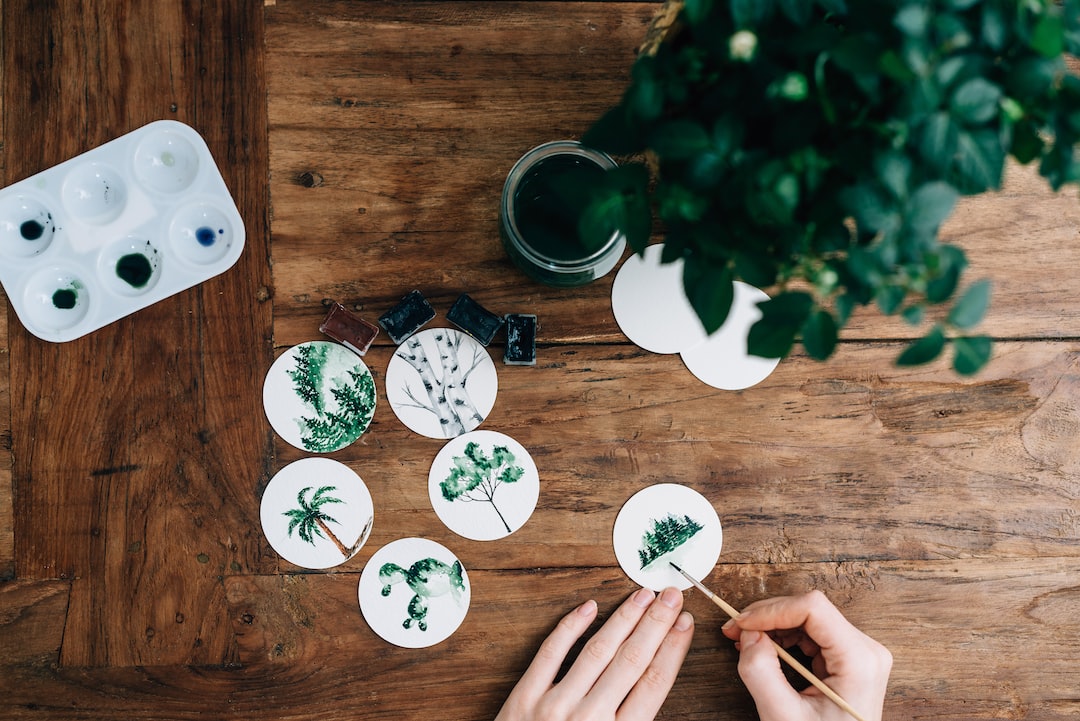The Beauty of Public Art: Enhancing Urban Spaces
Cities are vibrant and dynamic spaces that are constantly evolving. In order to enhance the urban experience and create a sense of identity, public art plays a crucial role. Public art, often defined as art that is accessible to all, has the power to transform barren spaces into captivating landscapes that reflect the spirit of a community.
One of the key advantages of public art is its ability to beautify otherwise mundane areas. Take, for example, a graffiti-covered wall in a neglected alleyway. By commissioning a talented artist to paint a mesmerizing mural, the space is instantly transformed into a visually engaging masterpiece that catches the attention of passersby. At a basic level, the presence of public art can make a city more visually appealing, providing aesthetic enjoyment to locals and tourists alike.
Moreover, public art has the unique ability to tell stories and convey important messages. It can act as a vehicle for expressing the history, culture, and values of a community. When walking the streets of a city, encountering a sculpture or mural that represents local traditions or significant historical events can deepen our understanding and appreciation of the place we are in. In this way, public art becomes a source of education and cultural enrichment, fostering a sense of belonging and pride among residents.
Public art also serves as a catalyst for community engagement and interaction. By placing art in public spaces, it creates opportunities for people to gather, observe, and discuss. Art has the power to evoke emotions and provoke conversations, encouraging individuals to exchange ideas and connect with one another. Community events often arise around public art installations, bringing people together for art festivals, street performances, and other cultural celebrations. These events not only stimulate local businesses but also create a sense of camaraderie and unity within the community.
In addition to its social benefits, public art can also have economic advantages for urban spaces. When cities invest in public art, it can attract tourism and stimulate economic growth. Visitors are drawn to cities that boast a vibrant and diverse arts scene, as the presence of public art indicates a culturally rich environment. This influx of tourists can lead to increased revenue for businesses, from galleries and restaurants to local artisans selling their creations. Public art, therefore, has the potential to invigorate the local economy and provide job opportunities in the creative sector.
Moreover, public art has the power to repurpose neglected spaces and create a sense of place. Vacant lots, underpasses, and abandoned buildings can be transformed into public art hubs, breathing new life into forgotten areas. By converting these spaces into open-air galleries, they become destinations, drawing crowds and encouraging exploration. In turn, this can lead to urban revitalization, as previously overlooked areas become focal points for urban renewal and community development.
While the benefits of public art are clear, it is important to ensure that it is inclusive and accessible to all. Public art should not be limited to affluent neighborhoods or tourist areas, but rather dispersed throughout the city to reach all demographics. By ensuring that public art is diverse and representative of the community it serves, it can create a sense of ownership and pride among all residents.
In conclusion, public art has the power to transform urban spaces by making them visually appealing, conveying stories and messages, fostering community engagement, stimulating the economy, and creating a sense of place. By investing in public art, cities can enhance the urban experience and create an environment that celebrates and reflects the diversity and uniqueness of its residents. Public art is not just about aesthetics; it is a reflection of a community’s values, histories, and dreams for the future.
